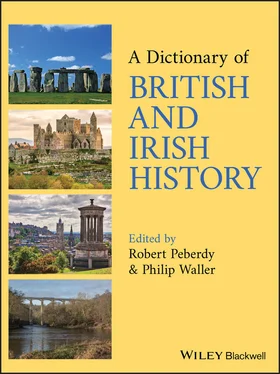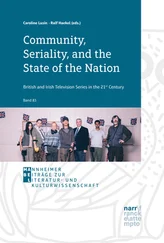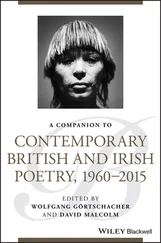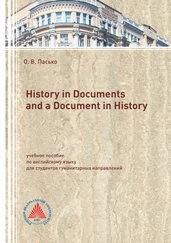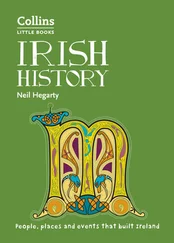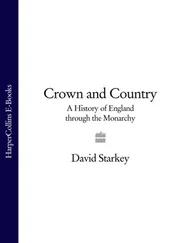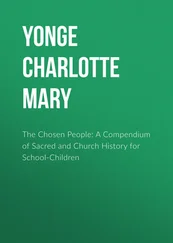British opinion was divided over the secession of the pro‐slavery southern states of the USA in 1861. Many British aristocrats favoured the southern plantation owners, and some traders anticipated free markets in the newly formed Confederate States of America. Radicals such as John BRIGHT, however, passionately supported the Union. The TRENT INCIDENT (Nov.–Dec. 1861) and the ALABAMA AFFAIR (from 1862) created ill feeling between Britain and the USA, but Lord PALMERSTON, the British prime minister, withheld recognition from the Confederacy and preserved neutrality.
Sympathy for the southern states waned after President Abraham Lincoln’s ‘Emancipation Proclamation’ (1 Jan. 1863), which freed slaves in rebellious areas. British ships did not break the Union’s blockade, despite the impact of the COTTON FAMINE. The anti‐slavery campaign reinvigorated British Radicals, and working‐class support for a moral cause impressed the leading Liberal W.E. GLADSTONE. Thus the American Civil War indirectly helped to revive the British movement for PARLIAMENTARY REFORM. The Confederate States surrendered in April 1865. See also UNITED STATES OF AMERICA, BRITISH RELATIONS WITH.
AMERICAN INDEPENDENCE
In 1776, THIRTEEN COLONIES in the Americas declared independence from Great Britain as the United States of America. Their action resulted from disputes over taxation for defence costs, and the outbreak of war ( see AMERICAN INDEPENDENCE, ORIGINS OF). It was the first secession from the BRITISH EMPIRE.
Colonies co‐operated against Britain from Oct. 1765, when nine held the ‘Stamp Act Congress’ in New York to denounce Britain’s Stamp Act. The INTOLERABLE ACTS of 1774 provoked the First Continental Congress, at Philadelphia (Sept. 1774–Aug. 1776), representing 12 colonies (GEORGIA was unrepresented). It petitioned GEORGE III for redress, organized resistance, and rejected union.
After war broke out in April 1775, colonial royal governors fled and colonial congresses seized power. During the ensuing AMERICAN WAR OF INDEPENDENCE (1775–81), Congress provided co‐ordination. It authorized a ‘Continental Army’ (May 1775) and again petitioned King George (July). Radical opponents of Britain, notably Thomas PAINE, urged independence. In May 1776, Congress advised colonies to form independent governments as ‘states’. Congress voted for independence (2 July) and issued a Declaration of Independence (4 July). Eleven states also adopted new constitutions (1776–80; CONNECTICUT and RHODE ISLAND were exceptions). A Second Continental Congress, including Georgia, met from Sept. 1776. In Nov. 1777, it approved Articles of Confederation (approved by States by Feb. 1781).
On 2 March 1781 the States, still individually sovereign, inaugurated the Confederation. As it lacked a central government, the Congress of the Confederation co‐ordinated policy. Following the British surrender at YORKTOWN (19 Oct.), Congress obtained recognition of independence from Britain (in treaty of Paris, 1783). But the Confederation was considered ineffective. In 1787 a Federal Convention, convened to revise the Articles, produced a constitution. It prescribed a federal State with an elected president, government, army and navy, and bicameral legislature (implemented 2 July 1788). George WASHINGTON became president in 1789.
AMERICAN INDEPENDENCE, ORIGINS OF
When the SEVEN YEARS WAR ended in 1763, Great Britain became the dominant imperial power in N America. But its acquisition of ‘New France’, including land along the Mississippi parallel to its east‐coast colonies, required provision of an army for defence. Attempts to fund this partly through taxation on the colonies were resisted.
In 1764–5 the ministry of George GRENVILLE in Britain promoted legislation affecting the colonies: the Currency Act (1764), which regulated colonial currency; the Sugar Act (1764), which increased import duties; and the Stamp Act (1765), which imposed a duty on publications and documents. Violent resistance led the ministry of the earl of ROCKINGHAM, in March 1767, to pass the Declaratory Act, which affirmed the British Parliament’s right to legislate for the colonies, while also repealing the Sugar and Stamp Acts. But in June the new ministry, headed by the earl of Chatham (William PITT the Elder), imposed the ‘Townshend duties’ on the colonies (on tea, glass, paper, etc.). Protests followed, with colonists asserting there must be ‘no taxation without representation’. Most duties were withdrawn (1770).
In 1773 the Tea Act, passed for the ministry of Lord NORTH, allowed tea to be exported directly from India to America. It affected mercantile interests in Massachusetts. The violent response, notably the BOSTON TEA PARTY (Dec.), provoked coercive measures from North’s government (1774; see INTOLERABLE ACTS). Skirmishes between colonists and British troops in 1775 led to war. On 4 July 1776, a congress of 13 colonies at Philadelphia declared independence. See also NORTH AMERICAN COLONIES; AMERICAN WAR OF INDEPENDENCE.
AMERICAN WAR OF INDEPENDENCE
The attempt by Great Britain to assert authority over THIRTEEN COLONIES in N America, 1775–81, following disputes ( see AMERICAN INDEPENDENCE, ORIGINS OF).
Skirmishes broke out on 19 April 1775 in the northern colony of MASSACHUSETTS (at Lexington and Concord). Colonial militias then besieged British forces at Boston, while another colonial force invaded CANADA (May 1775–May 1776). British troops evicted a threatening force at Creed’s Hill near Boston (17 June, battle of Bunker Hill). Meanwhile the colonies’ Continental Congress had authorized (May) a ‘Continental Army’ (George WASHINGTON appointed commander‐in‐chief, June). From Oct., William HOWE commanded British forces, and Britain imposed an embargo on colonial exports (Dec.). British forces left Boston by sea in March 1776. On 4 July the Congress formally declared independence.
Britain attempted to isolate NEW ENGLAND by capturing New York City (achieved July–Sept. 1776). Its forces (including German mercenaries) then marched S into NEW JERSEY, but were defeated by Washington’s army at Trenton (26 Dec.) and Princeton (3 Jan. 1777).
In July 1777, British forces sailed to Chesapeake Bay. They defeated Washington’s army at Brandywine Creek (11 Sept.) and occupied Philadelphia, PENNSYLVANIA (26 Sept.). From June 1777, a British force also invaded from Canada to divide the colonies (British surrendered at Saratoga, 17 Oct.). In 1778, Henry Clinton replaced Howe (May), and led British forces from Philadelphia back to New York (June). The colonies were strengthened by alliance with France (Feb. 1778).
The British attempted to conquer the southern colonies, starting with GEORGIA (from Oct. 1778; captured Savannah, 29 Dec., Augusta, Jan. 1779). In SOUTH CAROLINA they took Charleston (12 May 1780) and were victorious at Camden (16 Aug.). In NORTH CAROLINA they fought at Guildford Courthouse (15 March 1781). After resting at Wilmington (April), they moved N into VIRGINIA, but were besieged at YORKTOWN, where George CORNWALLIS surrendered (19 Oct.). See also AMERICAN INDEPENDENCE.
AMERICAN WAR OF INDEPENDENCE, IMPACT ON IRELAND
The war (1775–81) dramatically affected Ireland, partly because of inept reactions by the British and Irish governments. After war began, the British government imposed additional restrictions on Irish food exports (3 Feb. 1776), to sustain supplies to Britain. This plus a trade recession caused resentment, eventually provoking the NON-IMPORTATION MOVEMENT (1778–9). The Irish government's refusal to fund a militia in 1778, after troops were redeployed to coastal areas (following France's alliance with the USA, Feb. 1778), resulted in the formation of the VOLUNTEERS (voluntary militia), who became politically active.
Читать дальше
